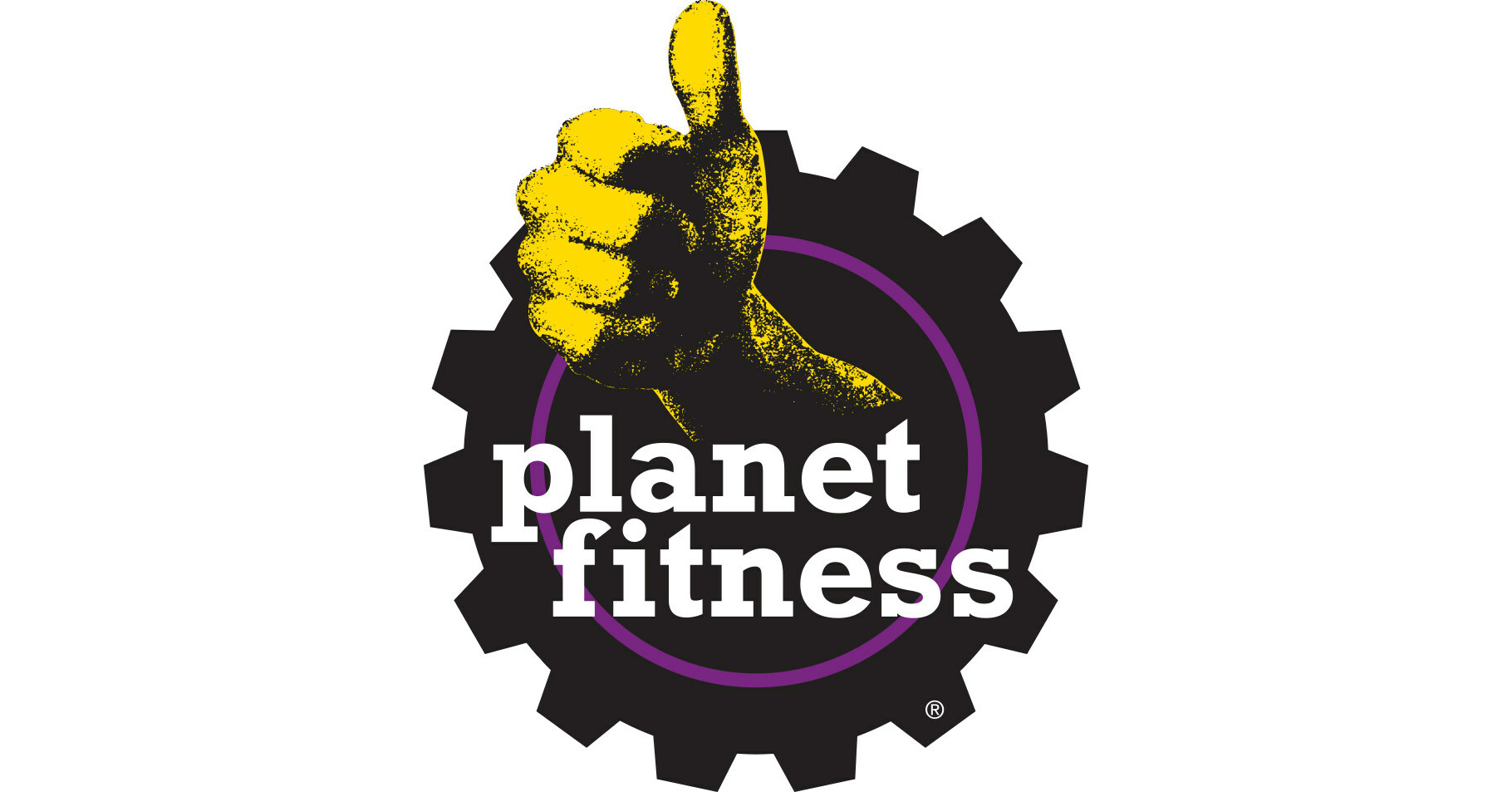Travel
Why are people so negative about travel plazas? They are always a relief
It is a truth universally acknowledged, that a driver in possession of a full bladder, must be in want of a rest stop. However carefree the feelings or views of such a driver upon first embarking on their journey, this truth becomes well apparent in the driver’s mind when they experience an urgent, relentless need to visit the lavatory.
It is a truth, with apologies to Miss Austen, that I have universally acknowledged a lot in my time both as a passenger and a driver. I have a special affection for service stations, truck stops, travel plazas, haltes routières, whatever you want to call them. I unabashedly declare my status as a travel plaza enthusiast. They should be called “Relief Factories.” I am always happy to arrive at one and equally as glad to leave.
All hail the travel plaza, whether it’s the Flying J, Husky Truck Stop, Esso Travel Centre, ONroute or any other facility that provides travellers with “fresh and exciting food and beverage options, gas, and other amenities that improve any road trip experience.” Travel plazas offer “food, gas and more.” Let’s be honest, what brings us to them primarily is the “more.”
And yet, they get a lot of criticism. Jalopnik recently asked readers for nominations to determine “What’s The Worst Place To Stop On A Road Trip?”
Sure, travel plazas can be unpleasant. There are the sometimes-filthy washrooms and the long lines to buy sub-par food. They can possess the atmosphere of a carnival where all the rides are broken. Some are truly disgusting. I once visited a rest stop so awful it looked as if someone had used a leaf blower to spray excrement over the entire restroom.
But why be so negative?
Rest stops exist to service the needs of the (underappreciated) human excretory system. I experience the time between deciding to stop at a travel plaza and arriving at the travel plaza with the same enthusiasm and excitement with which I used to anticipate Christmas morning. I am extremely happy to be there. And much like Christmas, after the initial, feverish tearing of wrapping paper is done, one is left surveying the detritus with a caustic eye. It’s the same with the travel plaza. Once the intense relief has passed, I’m left with highway-worn people queuing for greasy fast food, weird gift shop trinkets that depress me and automotive products that confuse me.
Canada’s first gas station was opened in 1907 by Imperial Oil in Vancouver at the corner of Cambie Street and Smithe Street. According to writer Chuck Davis, employees grew tired of carting pails of gasoline to motorists and introduced a 59-litre kitchen hot-water tank with a rubber garden-hose attached to it. They erected a corrugated shed. The “company put night watchman, J. C. Rollston in charge. He “had been in poor health,” writes Davis. “And his cohorts believed he would improve in the sun and open air.”
It’s unclear how long after they discovered how to get the liquid into the automobiles, they realized the need to create “travel plazas” where people could let the liquids out of themselves.
The golden age of the roadside rest stop started in the 1940s and perished by the 2000s. Truly great travel plazas have a gimmick. Take one of my favourite spots, the Log Cabin Restaurant in Actinolite, Ont. Located on Highway 7 halfway between Toronto and Ottawa, it boasted pet bears (which had been rescued as cubs) and looked like a log cabin. Greyhound buses would stop there. Opened in 1932, over the years it was rebuilt and owned by different families. It closed years ago but the building still stands.
The reigning champion for Ontario is “The Big Apple” near Colborne. They don’t even sell gas. Visible from Highway 401, it’s famous for “Mr. Applehead,” a giant McIntosh apple structure that has an observation deck. I recall when it opened in 1987, I thought, “This is delusional. Who’s going to want to visit a giant apple?” I could not have been more wrong. Today, The Big Apple is an institution selling pies, preserves and craft beer and offering visitors a petting zoo and mini putt.
I’ll never forget the August evening years ago when we stopped there with our kids. Our daughter, who was just six months, would not stop crying. I stood with our two-year-old son while my wife tried to placate her and he and I watched bunnies hop around. It was a warm, friendly night and Mr. Applehead smiled down upon us. As an amber sunset rolled into night, I watched the cars speed by on the 401 and thought, “Thank god someone built a giant apple here back in 1987.”
It was a relief.









